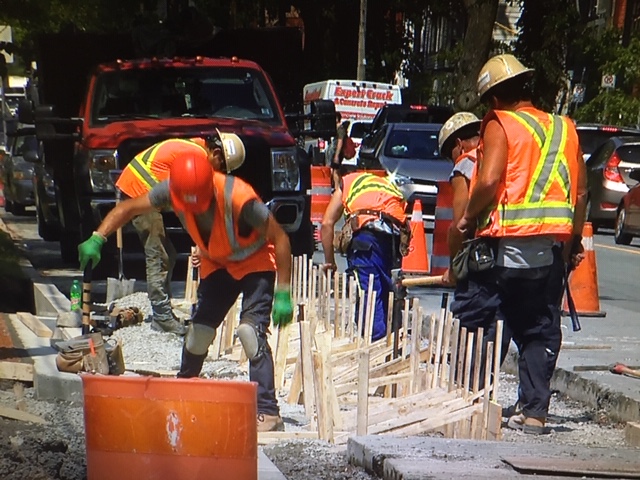There’s a push to make bicycle safety an issue in the upcoming federal election.

Advocates for a national bicycle strategy are lobbying federal politicians to support their proposal, which they say would create consistent cycling rules across the country and help pay the cost of altering roadways in cities, suburbs and rural communities.
“A national cycling strategy is so important because it aligns guidelines across the country and actually strengthens our ability to have a country that’s safe to get around by bike,” says the Ecology Action Centre’s sustainable transportation co-ordinator, Kelsey Lane.
“The cost of it would be around $800 million. It may sound like a lot, but quite frankly, we’re putting over $200 million into one 10-kilometre piece of highway. So, for a whole strategy, that’s not a lot of money.”
The group attended a private meeting this week with Halifax Liberal member of Parliament Andy Fillmore.
Lane says the NDP and the Green Party have expressed support for the idea. The Liberals and Conservatives have not.

Get breaking National news
WATCH: No bike lanes added to newly refurbished section of Halifax’s Quinpool road

By any measure, improvements are required in the relationship between cyclists and drivers. Statistics Canada says an average of 7,500 Canadian cyclists are seriously injured each year.
The number of riders killed each year has dropped in recent decades as helmet use and other safety measures have become more common. StatsCan’s most recent fatality numbers, from 2017, show 42 cyclists were killed after collisions with vehicles.
Those who survive often face complicated recoveries.
After a vehicle ran him over in January, Vancouver resident Jack Agopian spent several months in physiotherapy.
“I was hospitalized. I’m still a little bit concussed, four broken teeth.”
The three levels of government are spending $25,000,000, to expand bicycle networks in Halifax in hopes of laying the groundwork for safer cycling.
The move follows a string of serious collisions between bikes and vehicles. In one accident last weekend, a Halifax cyclist signalled to turn and was knocked to the ground by a driver who kept going.
READ MORE: Driver of a vehicle who struck Halifax cyclist flees scene, police investigating
Megan Doucette of the Halifax Cycling Coalition says it’s been a dangerous summer.
“It has seemed that there have been more and more incidents this year, collisions between people driving cars with people riding bikes,” Doucette said. “More than, I would say, in previous years.”
On the West Coast, the city of Vancouver’s former chief of planning, Brent Toderian, supports a national cycling strategy.
Toderian, now a city planning consultant, notes it takes more than money to provide expanded bike networks — safely.
“You’ve got to be working on education, awareness,” Toderian said. “Drivers and the public getting used to the idea — and actually being informed — that they don’t own the road.”
For now, some provinces are updating legislation. For example, Nova Scotia is re-writing its Motor Vehicle Act to build in more protection for cyclists.






Comments